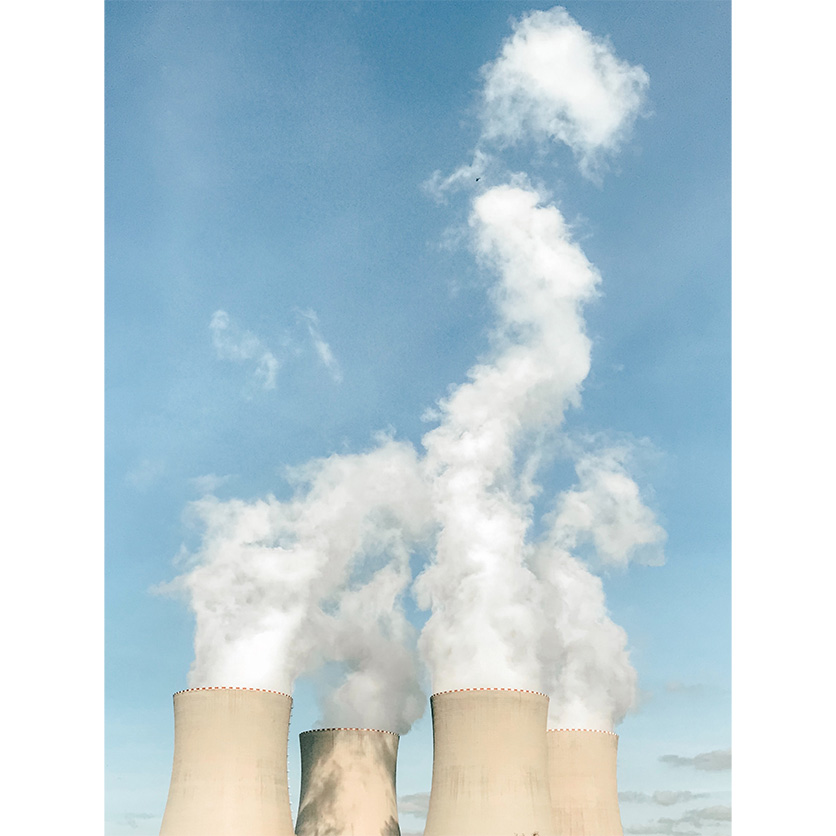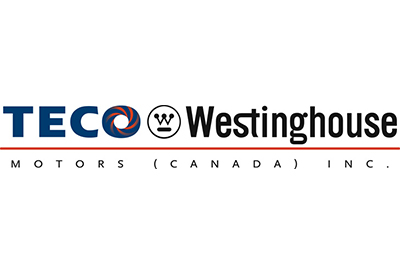Methane Emissions Remained Stubbornly High in 2022 According to IEA Report
February 23, 2023
Global Methane Tracker 2023
Soaring energy prices made actions to reduce methane emissions cheaper than ever
This year’s update provides our latest estimates of emissions from across the sector – drawing on the more recent data and readings from satellites and ground-based measurements – and the costs and opportunities to tackle these emissions. For the first time the Tracker includes the opportunities and costs to reduce emissions from coal supply, allowing for a comprehensive overview of abatement options for fossil fuel operations.
A combination of high energy prices, security of supply concerns and economic uncertainty were not enough to drive down methane emissions last year, according to new IEA analysis. The IEA’s latest update of its Global Methane Tracker found that the global energy industry was responsible for 135 million tonnes of methane released into the atmosphere in 2022, only slightly below the record highs seen in 2019. Today, the energy sector accounts for around 40% of total methane emissions attributable to human activity, second only to agriculture.
The IEA’s Global Methane Tracker shows the oil and gas sector could slash emissions of potent greenhouse gas using a fraction of its bumper income from the energy crisis
The Facts
Methane is responsible for around 30% of the rise in global temperatures since the Industrial Revolution. It dissipates faster than carbon dioxide but is a much more powerful greenhouse gas during its short lifespan. Cutting methane emissions is one of the most effective ways to limit global warming and improve air quality in the near term. This year’s report also includes methane emissions from coal mines and measures to cut them by half.
Methane emissions from oil and gas alone could be reduced by 75% with existing technologies, highlighting a lack of industry action on an issue that is often very cheap to address. Less than 3% of the income accrued by oil and gas companies worldwide last year would be required to make the USD 100 billion investment in technologies needed to achieve this reduction.
“Our new Global Methane Tracker shows that some progress is being made but that emissions are still far too high and not falling fast enough – especially as methane cuts are among the cheapest options to limit near-term global warming. There is just no excuse,” said IEA Executive Director Fatih Birol. “The Nord Stream pipeline explosion last year released a huge amount of methane into the atmosphere. But normal oil and gas operations around the world release the same amount of methane as the Nord Stream explosion every single day.”

Stopping all non-emergency flaring and venting of methane is the most impactful measure countries can take to rein in emissions. Around 260 billion cubic metres (bcm) of methane is currently lost to the atmosphere each year from oil and gas operations. Three-quarters of this could be retained and brought to market using tried and tested policies and technologies. The captured methane would amount to more than the EU’s total annual gas imports from Russia prior to the invasion of Ukraine.
“The untamed release of methane in fossil fuel production is a problem that sometimes goes under the radar in public debate,” Dr Birol said. “Unfortunately, it’s not a new issue and emissions remain stubbornly high. Many companies saw hefty profits last year following a turbulent period for international oil and gas markets amid the global energy crisis. Fossil fuel producers need to step up and policy makers need to step in – and both must do so quickly.”
Emission Mitigation
The report highlights the most effective ways to limit coal mine methane emissions in addition to reducing consumption of coal. Deploying mitigation measures should be a priority, especially given the risk that coal demand remains high in the coming years. The IEA has developed a new regulatory roadmap and toolkit to guide actions by policymakers and companies seeking to reduce coal mine methane emissions. This sits alongside the similar publications on oil and gas released in previous years that have become the “go-to” source for policy makers and regulators looking to develop new and impactful methane regulations.
The Global Methane Pledge, launched in November 2021 at the COP26 Climate Change Conference in Glasgow, marked an important step forward by bringing governments together on this issue. The pledge now has around 150 participants that have collectively committed to reduce methane emissions from human activities by 30% by 2030. This includes emissions from agriculture, the energy sector and other sources. Countries that have joined the pledge currently account for 55% of total methane emissions from human activities and about 45% of methane from fossil fuel operations. It will be critical for participants to formulate pragmatic strategies and measures to reduce their own emissions, and to engage with countries that have not yet joined the pledge





